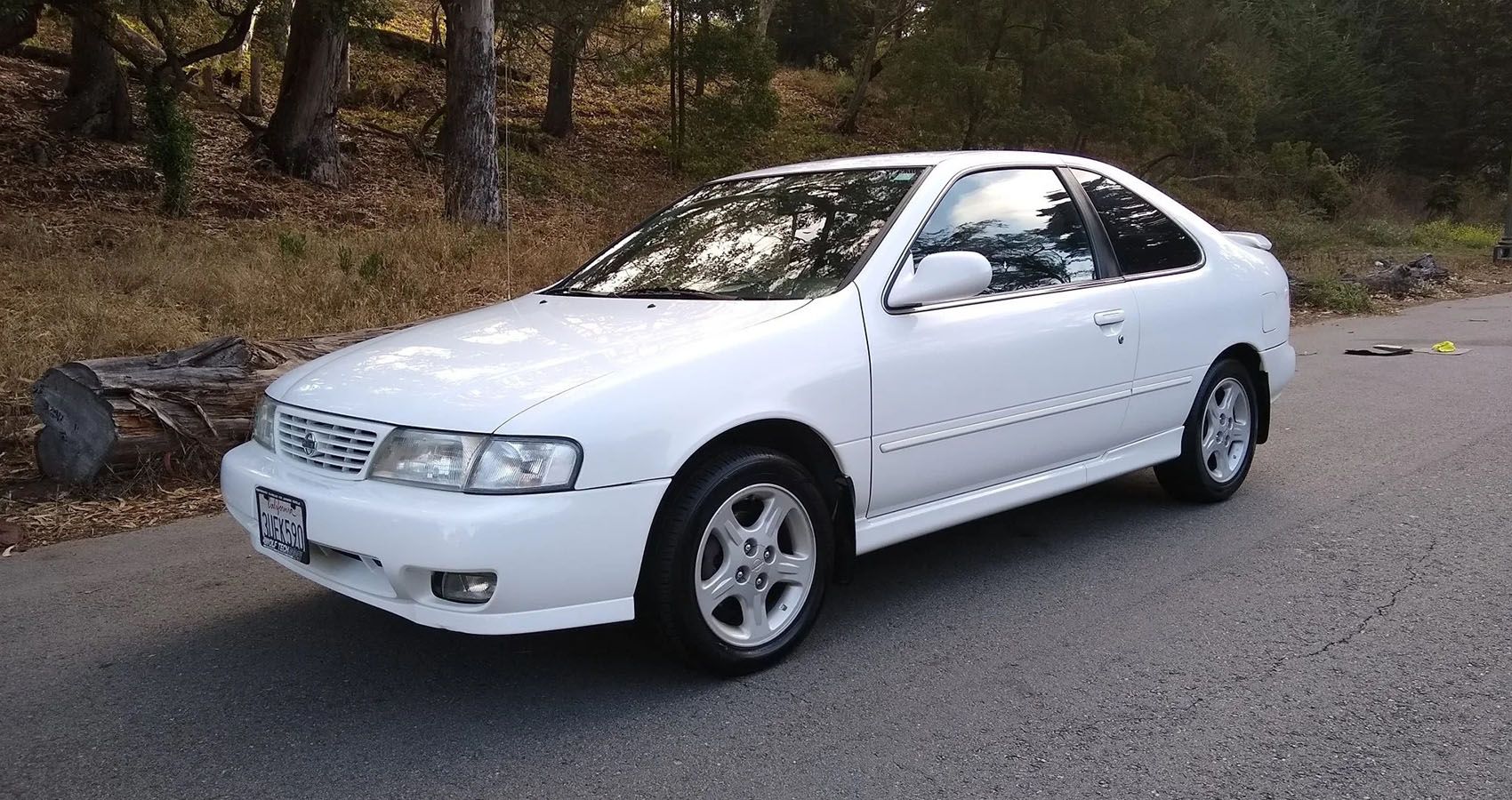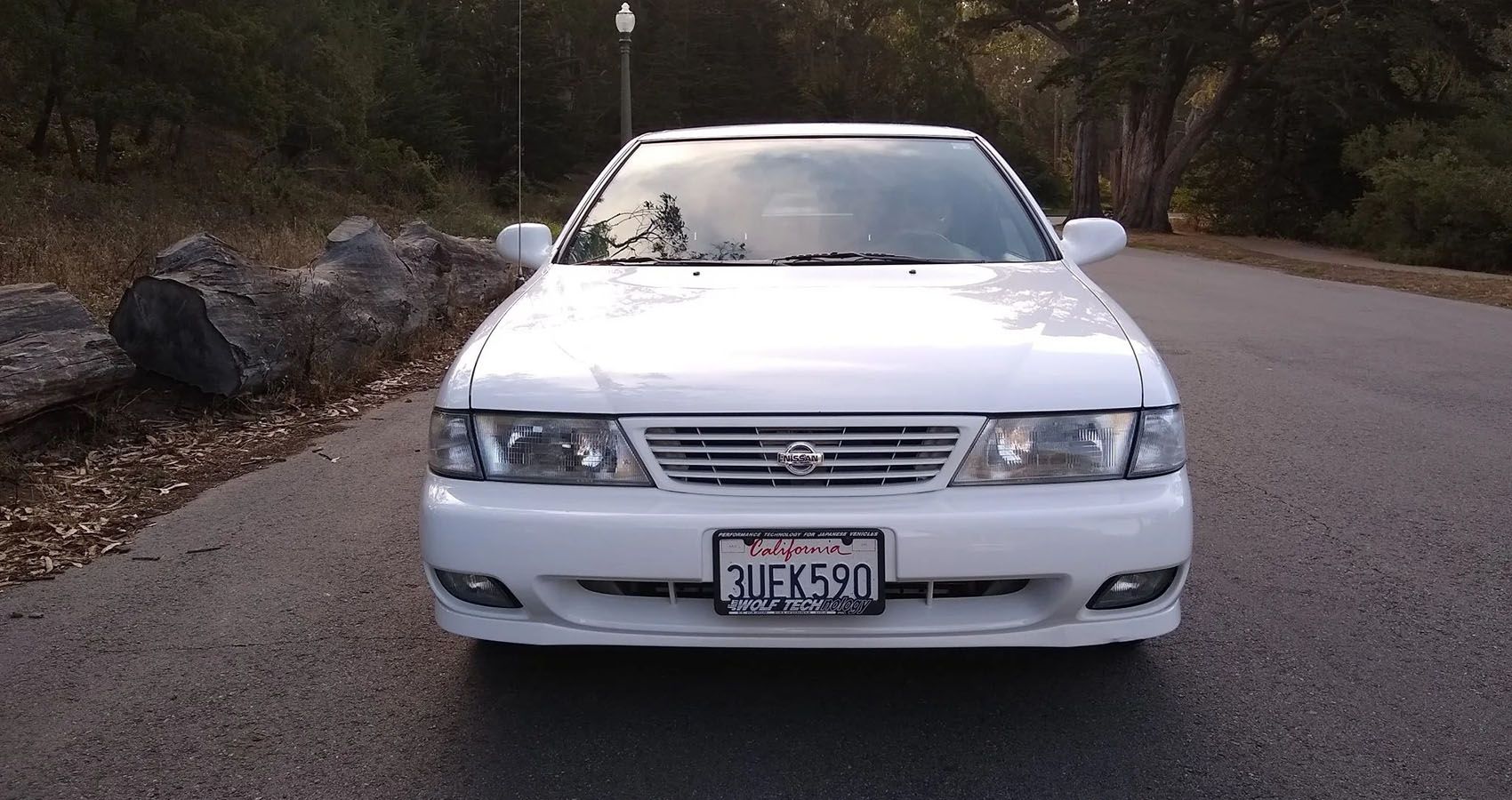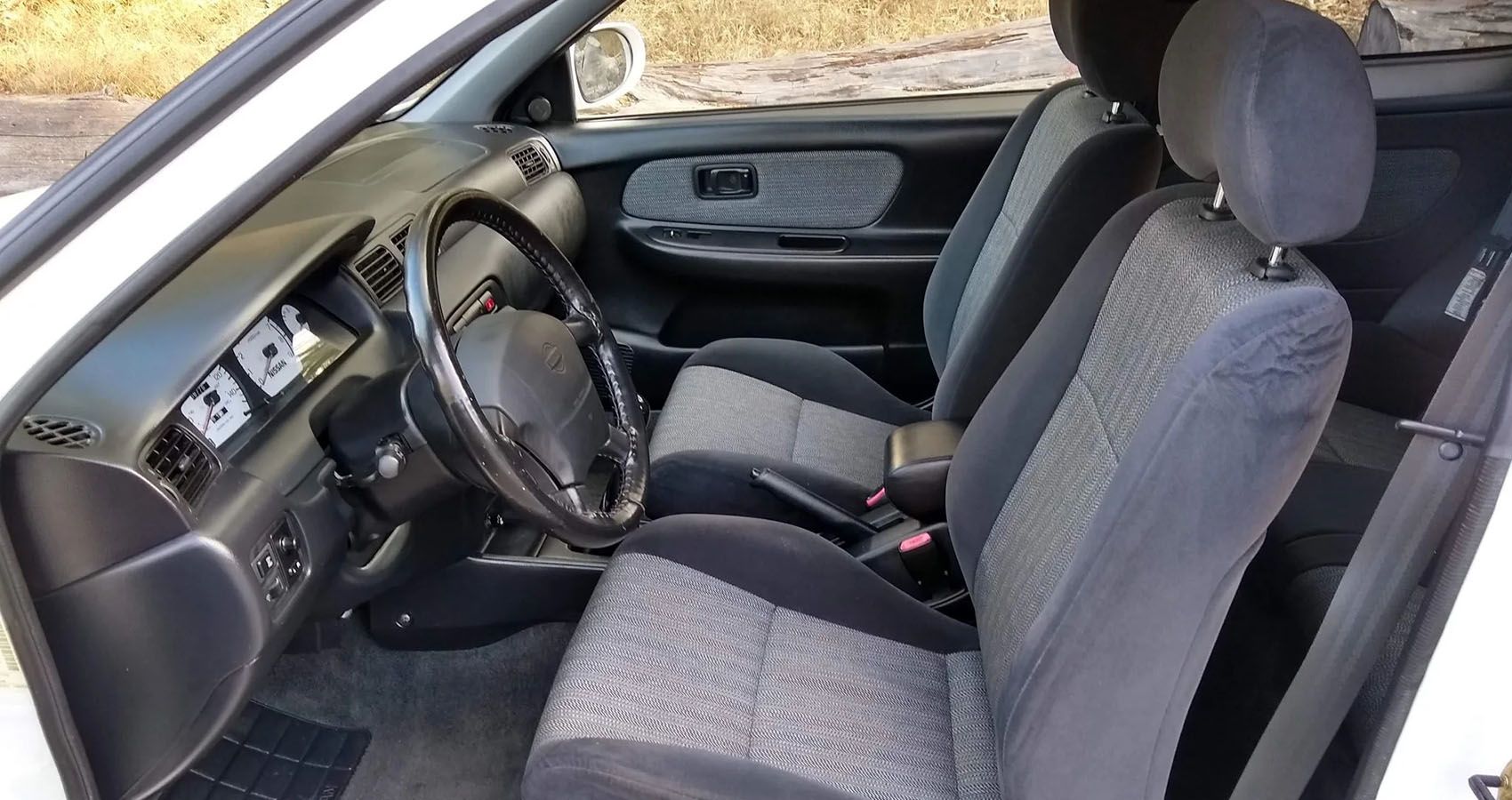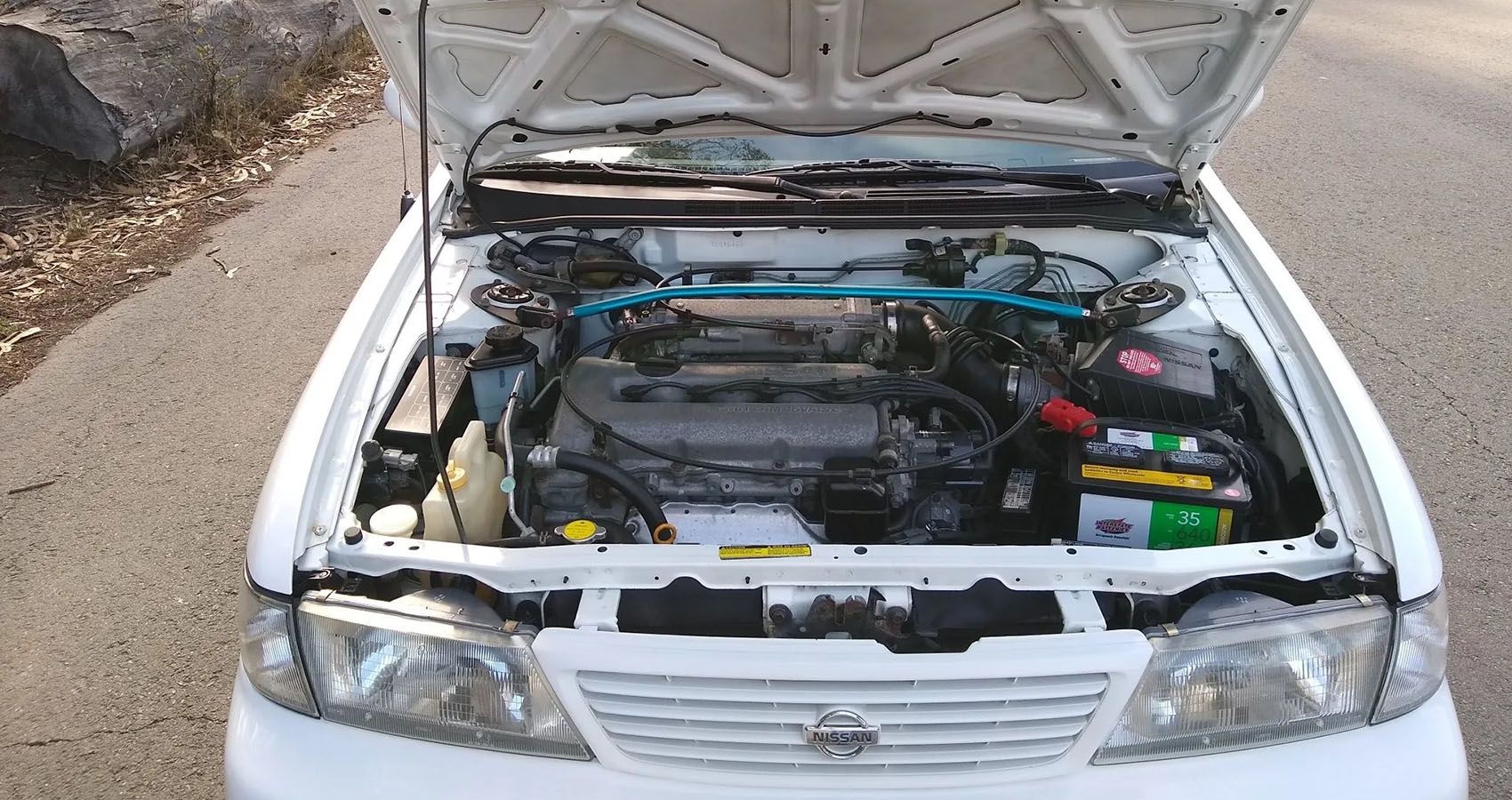From 1976 through 2002, Nissan’s rear-wheel drive S-Chassis platform became home to some of the most iconic motorsports and drift cars. While most people assume that Nissan's first S-Chassis load-bearing chassis was the CSP311 coupe, this couldn't be further from the truth. Of course, it was the first Nissan vehicle to bear the Silvia label, and it had a two-door coupé body with a front-mounted engine that gave power to the rear wheels, as is typical of S-Chassis vehicles. Despite the Silvia nameplate, it was never regarded as a legitimate S-Chassis car.
The original S-Chassis saga began in 1975 when Nissan revealed the first true S-Chassis car, the S10 Silvia. The Silvia S10 soared to the top with a design and essence based on the Sunny/Datsun B210 and had a more powerful 1.8-liter, single overhead cam L18B engine that produced 90 horsepower. By 1977, an emissions-restricted variant of the 510's L20B, which made a little less power than the L18B but had greater low-end grunt, became standard when the vehicle made its mark on the North American market under the Datsun 200SX nameplate.
The Datsun 200SX dominated the grassroots drifting circuit in the United States and became one of the top choices for everyone who wanted a drift car. Today, it's nearly impossible to go to a drifting event without running into one of these JDM heroes. But what exactly makes these Nissan S-Chassis automobiles so unique today?
We’ll dive into some strong attributes of the Nissan S-Chassis cars, and why they’re such in high demand.
The S-Chassis’ Rear-Wheel Drive And Lightweight Build Makes Them Perfect For Drifting
As we mentioned earlier, the S cars are best recognized for their amazing drifting aptitudes. But even if you aren’t into drifting, they still make decent sports cars if you like to hit the racing circuit every now and again.
Still, the majority of people who buy one of these JDM heroes do so to drift them, and they got the right drifting recipe that starts with the rear-wheel-drive, which pushes the rear end of the car, giving you better control when entering or exiting a drift.
These cars also have a low center of gravity, allowing the driver to corner rapidly without rolling over, and a relatively long wheelbase, which provides more stability. These factors make the S cars an ideal starting point for a drift car.
If you're serious about drifting, you'll want your car to be as light as possible. That said, you’ll be glad to know but the 200SX is already rather light. Additionally, that weight is well-balanced, with both the S13 and S14 having close to a 50/50 balance. Combined with the aforementioned traits, It is simple to understand why drivers enjoy drifting the S cars.
The Nissan S-Chassis Cars Are Easy On The Wallet
Never underestimate the influence of price these days, especially in the automotive sector. Cars with a solid reputation, like these S-Chassis classics, command high prices. The S cars are currently the most sought-after cars, and since everyone knows they make superb drifters, they are in high demand. This is something that every drift fan should be aware of.
This implies that they are expensive. However, according to Classic, you can still find a good-condition S12 for as little as $5,295 if you know where to look or don't mind taking your time.
And for that money, you get a dependable sports car that not only attracts a lot of attention but is also a terrific method to learn drifting, should you choose to give it a try.
The Nissan S-Chassis Cars Have Powerful Engines
Your S will have somewhere between 176 hp and 247 hp depending on the model you choose, but because of its strength, it can also take a considerable power rise; slap a bigger turbo under the hood, and you've got quick and easy power enhancements.
In addition to being powerful, those SR20DET engines, which debuted in the S13 in 1993 and lasted until the end of the S15 in 2002, can withstand a lot of abuse.
No Hassle Finding Parts And Body Panels For Nissan S-Chassis Cars
After a long day of kicking out the rear, drifters will always need replacement panels. Some models may even need more than just rear panels. The best part about these cars is that their body panels can be simply swapped out.
This may appear to be a little detail, but it has a significant appeal to both tuners and drifters. So you can basically just swap out the back axle for a new model year. It's also appealing from an aesthetic standpoint. Additionally, due to the enormous popularity of the tuning industry, parts are widely available.




